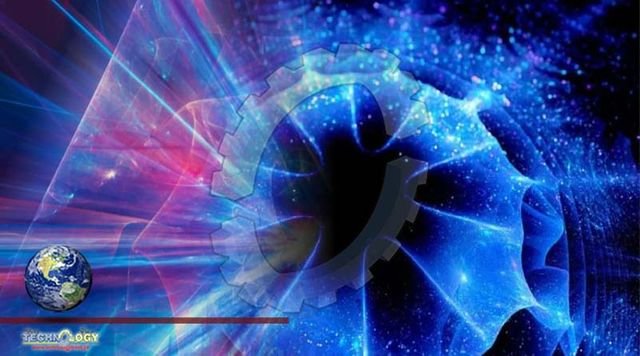It’s not every day that someone discovered a new state of matter in Weird quantum physics, the scientific field devoted to describing the behavior of atomic and subatomic particles in order to understand their properties.

Yet this is exactly what an international team of researchers has done. The team includes Andrea Bianchi, University of Montreal physics professor and researcher at the Regroupement québécois sur les matériaux de pointe, and his students Avner Fitterman and Jérémi Dudemaine.
In a recent article published in the scientific journal Physical Review X, the scientists document a “quantum spin liquid ground state” in a magnetic material created in Bianchi’s lab: Ce2Zr2O7, a compound composed of cerium, zirconium, and oxygen In quantum physics, spin is an internal property of electrons linked to their rotation. It is spin that gives the material in a magnet its magnetic properties.
In some materials, spin results in a disorganized structure similar to that of molecules in a liquid, hence the expression “spin liquid.” In general, a material becomes more disorganized as its temperature rises. This is the case, for example, when water turns into steam. But the principal characteristic of spin liquids is that they remain disorganized even when cooled to as low as absolute zero (–273°C / –459.67°F).
Spin liquids remain disorganized because the direction of spin continues to fluctuate as the material is cooled instead of stabilizing in a solid state, as it does in a conventional magnet, in which all the spins are aligned.
The art of “frustrating” electrons Imagine an electron as a tiny compass that points either up or down. In conventional magnets, the electron spins are all oriented in the same direction, up or down, creating what is known as a “ferromagnetic phase.” This is what keeps photos and notes pinned to your fridge.
But in quantum spin liquids, the electrons are positioned in a triangular lattice and form a “ménage à trois” characterized by intense turbulence that interferes with their order. The result is an entangled wave function and no magnetic order.
“When a third electron is added, the electron spins cannot align because the two neighboring electrons must always have opposing spins, creating Weird quantum what we call magnetic frustration,” Bianchi explained. “This generates excitations that maintain the disorder of spins and therefore the liquid state, even at very low temperatures.”
It was this near-perfect triangle that enabled Bianchi and his team at UdeM to create magnetic frustration in Ce2Zr2O7. Working with researchers at McMaster and Colorado State universities, Los Alamos National Laboratory, and the Max Planck Institute for the Physics of Complex System in Dresden, Germany, they measured the compound’s magnetic diffusion.
“Our measurements showed an overlapping particle function—therefore no Bragg peaks—a clear sign of the absence of classical magnetic order,” said Bianchi. “We also observed a distribution of spins with continuously fluctuating directions, which is characteristic of spin liquids and magnetic frustration. This indicates that the material we created behaves like a true spin liquid at low temperatures.”
Source: This news is originally published by scitechdaily
